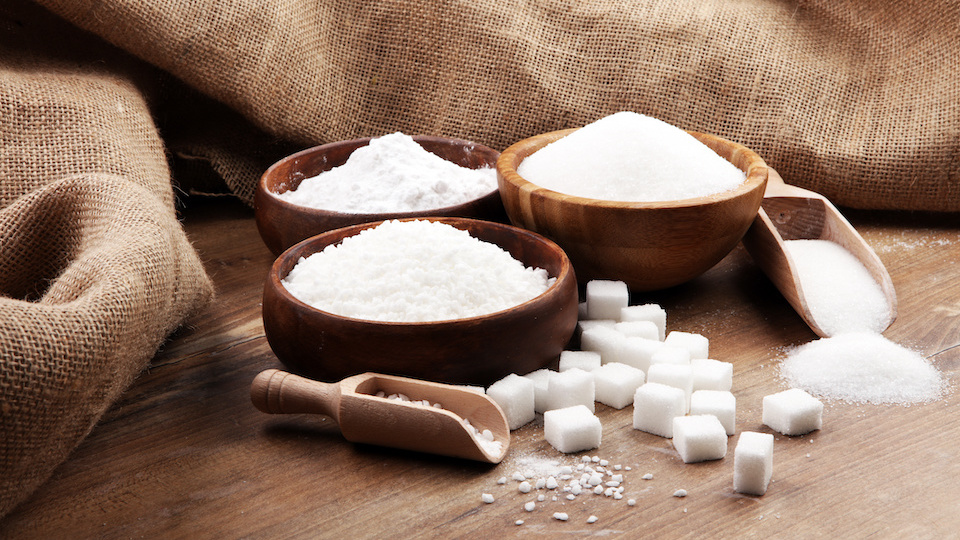It’s a new year; perhaps the year you will cut all refined sugar from your diet, which is a great thing to do. Your resolution to be healthier, however, may leave you with a few extra bags of white sugar – you know the kind that you loved (past tense) to put in your favorite cookies? No worries, that same sugar that you are trying to nix out of your diet is the very thing your garden needs.
Here are seven ways to put that banished sugar to work for you in your garden.
Nematode defender
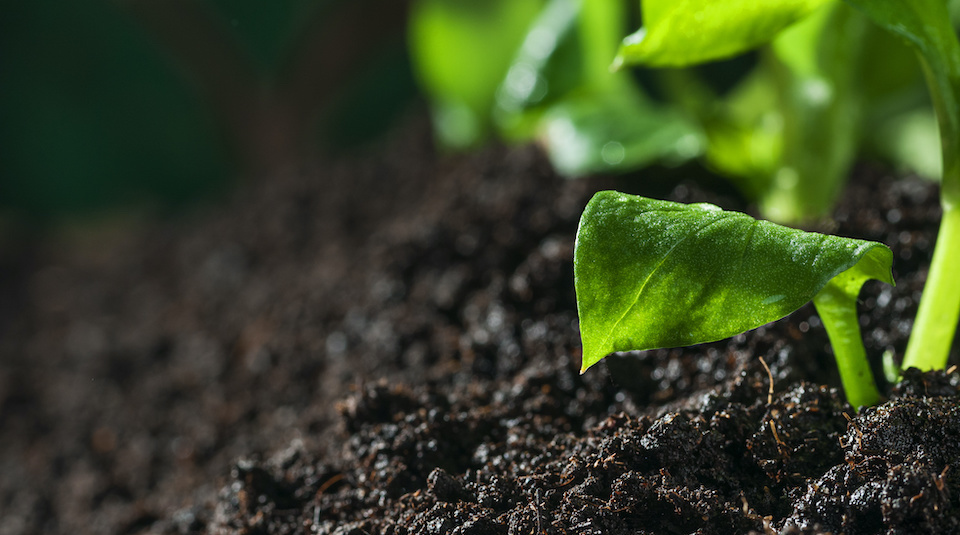
Nematodes are also known as roundworms but are not related to true worms. These smooth, unsegmented insects are multicellular and so tiny that you need a microscope to see them.
Although some nematodes are harmless, others can cause significant damage to plants. They attack plants’ outer surface and then burrow their way to the inside of plant tissue, damaging the root, stem, leaves, and even flowers. Still, other nematodes live deep within the plant for most of their lives and cause insult from the inside out. These sneaky little pests often carry viruses and bacterial diseases that they pass on to plants.
When nematodes dine on plant roots, they short circuit the plant’s ability to take up water and nutrients. Upon inspection, plants bothered by nematodes display hallmark signs like knots on roots, lesions on roots, stunted root systems, and hyper root system branching.
Sugar to the rescue. To make the sugar nematode defender solution, first measure your garden to determine how much sugar is needed. Use five pounds of refined sugar for every 250 feet of garden. Dissolve ½ cup sugar in a gallon of water. Pour the solution on the soil surrounding infected plants. This solution does not directly kill nematodes but increases the soil’s organic matter, which deters nematodes.
Pollinator potion
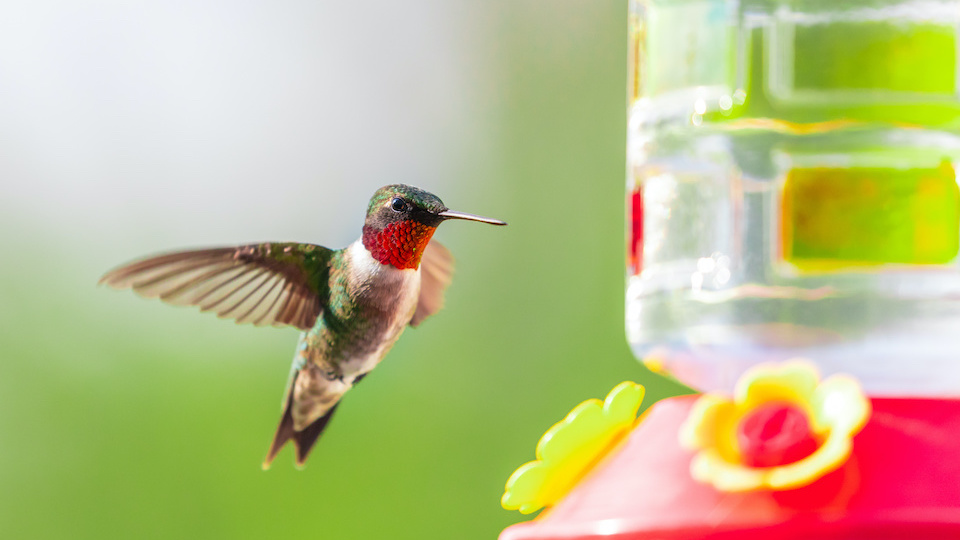
Refined sugar may not be good for you, but it makes the perfect energy drink for beneficial pollinators, including butterflies and hummingbirds. Dissolving one cup of white sugar in four cups of spring water is the ideal mixture for hummingbirds. No need to add food color – simply fill your favorite hummingbird feeder up with the solution.
Keep a close eye on the feeder and top up the sugar water as needed. I like to rinse and clean my feeder weekly. When nectar sources are not readily available, a solution of sugar and water is the perfect supplement for hungry butterflies. Mix one part table sugar with four parts warm water. Stir until the sugar dissolves. Pour a little of the mixture into shallow dishes placed on rocks throughout your garden. Wash the dishes regularly and refill as needed.
Grass stain eraser
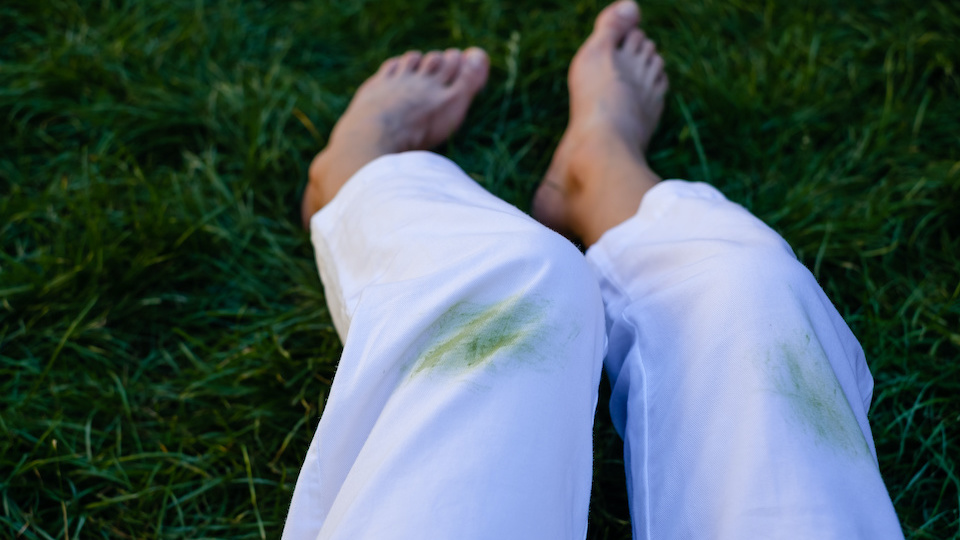
Working in the garden can take a toll on your clothes, especially your pants if you do a lot of knee work. It might surprise you that sugar is capable of erasing grass stains from your favorite outdoor wear. Mix half a cup of sugar with enough warm water to make a paste. Apply to the stain and let it sit for about thirty minutes. Wash clothes as usual.
Weed weapon for gardens and lawns
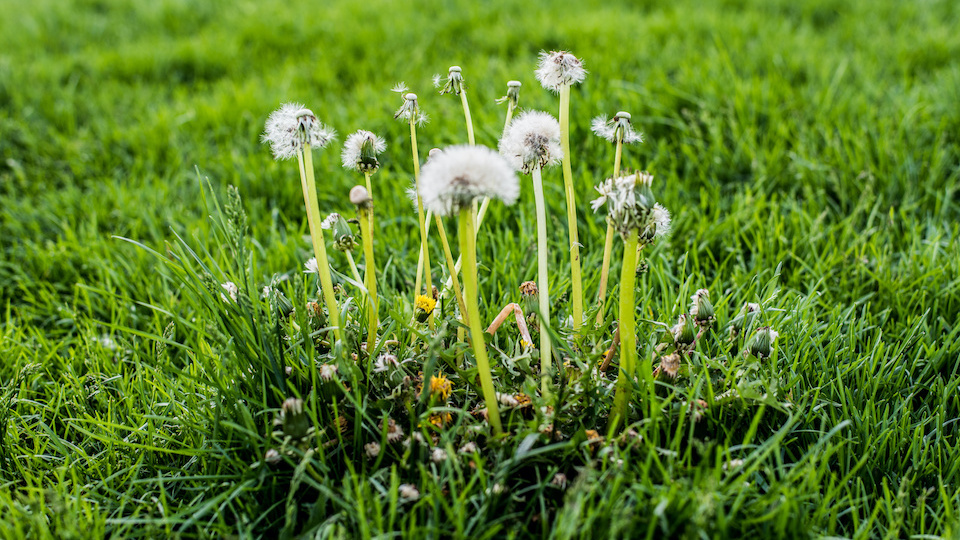
Sugar is an exceptionally safe and economical weed killer that works wonders on lawn weeds. Plants need nitrogen-rich soil to thrive. It is nitrogen that encourages leafy growth and encourages plants to take up essential nutrients. Sugar contains zero nitrogen and can stunt the growth of plants that cannot adjust to a low nitrogen environment. When microorganisms in the soil gobble up available nitrogen, it leaves little for plant growth. This means that when sugar is applied to weeds and invasive plants, it can halt growth.
If broadleaf and annual weeds plague your garden, sugar is an excellent eradication option. Sprinkle a thick layer of sugar around the base of weeds. Be careful to avoid other plants in the area. Keep an eye on weeds – you should see signs of decline. If the weeds still appear healthy, re-apply the sugar, making sure to saturate the area around the base of the weed thoroughly.
Nutrient-void refined white sugar does a stellar job lowering nutrient levels in the soil and starving out weeds so that low-nitrogen turf such as clover, clover mixes, and alkali grass can thrive.
In the early spring, before new grass has a chance to take off, fill up your lawn spreader with refined white sugar. Spread one pound of sugar for every ten feet of dry grass. Apply in the early morning after the dew has evaporated. Water the lawn about one inch deep so that it is well soaked but no run-off. Repeat this same process every three months until weeds are gone for three weeks. Doing this allows the turf to thrive and help push out weeds.
Container boost
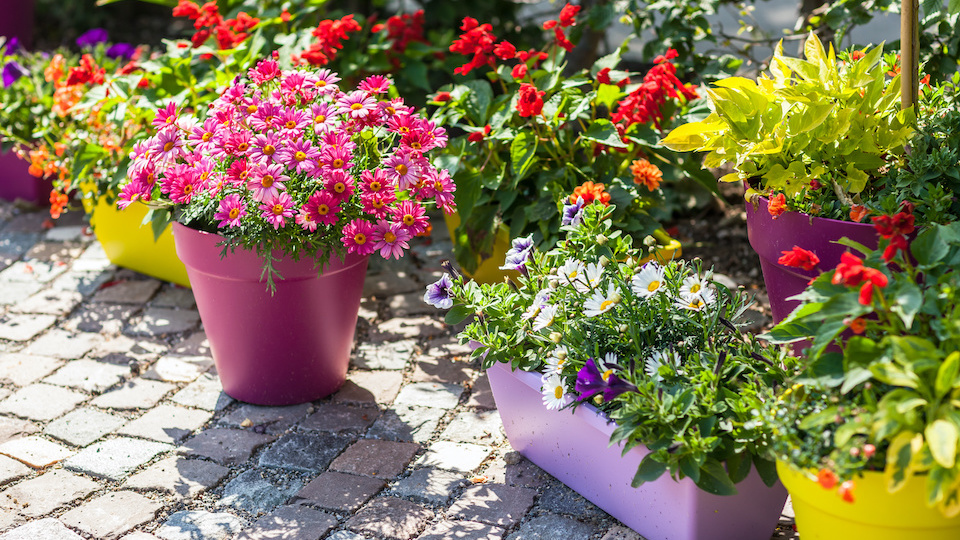
As the garden season stretches out, container plants begin to lack their original brilliance. A perfect pick-me-up solution features sugar and vinegar. Combine one tablespoon vinegar with one tablespoon sugar and eight ounces of water. Feed plants weekly with this booster solution.
Compost helper
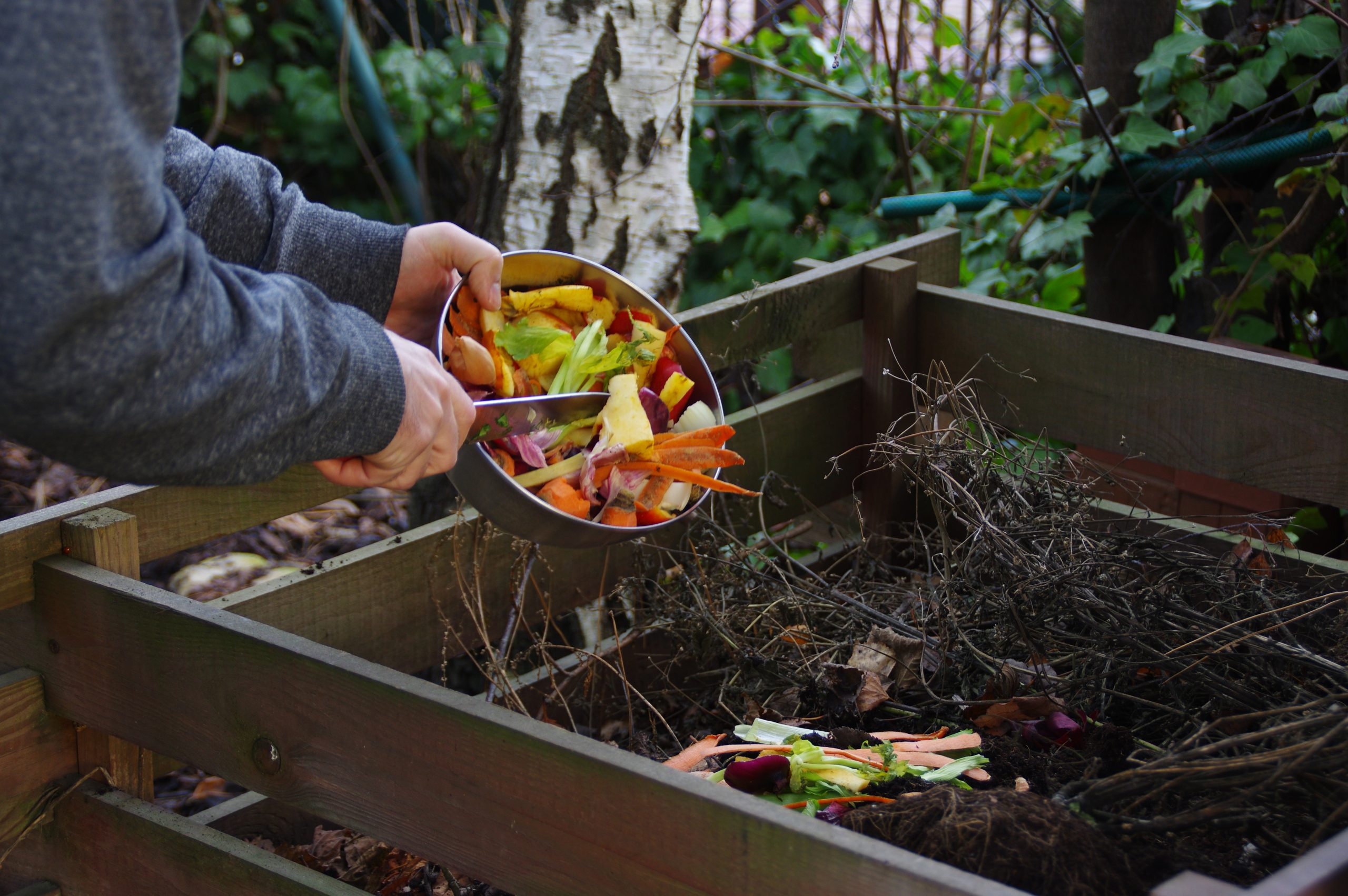
Adding refined white sugar to your compost pile helps increase the number of beneficial bacteria. A little of this sweet white powder also helps to speed up the decomposition of your compost pile. A note of caution, however, don’t go overboard with the sugar. Add 2.5 pounds of sugar for every 3x3x3-foot pile.
Hand scrubber

Long days in the garden take a toll on hands. One of my favorite ways to clean and nourish my hands at the same time is to use a lavender sugar scrub that I make myself. It is simple to make and leaves your skin feeling refreshed and so soft.
What you need
- 1 cup sugar
- ½ cup olive oil
- 15 drops lavender essential oil
- glass container with lid
How to make it
Combine all ingredients. Add more oil if necessary. Store in a glass container with a lid. When ready to use, rinse hands under water and spoon a little scrub into one hand. Thoroughly cover your hands with the mixture, rubbing them together. After rubbing your hands together, rinse the scrub off with warm water. Pat your hands dry.
Again, I want to congratulate you on your desire to cut sugar from your diet, but don’t throw those extra bags from your pantry into the trash. Instead, keep some sugar around in your garden shed and put it to good use.
Happy growing,
-Susan Patterson, CBHC, Master Gardener


